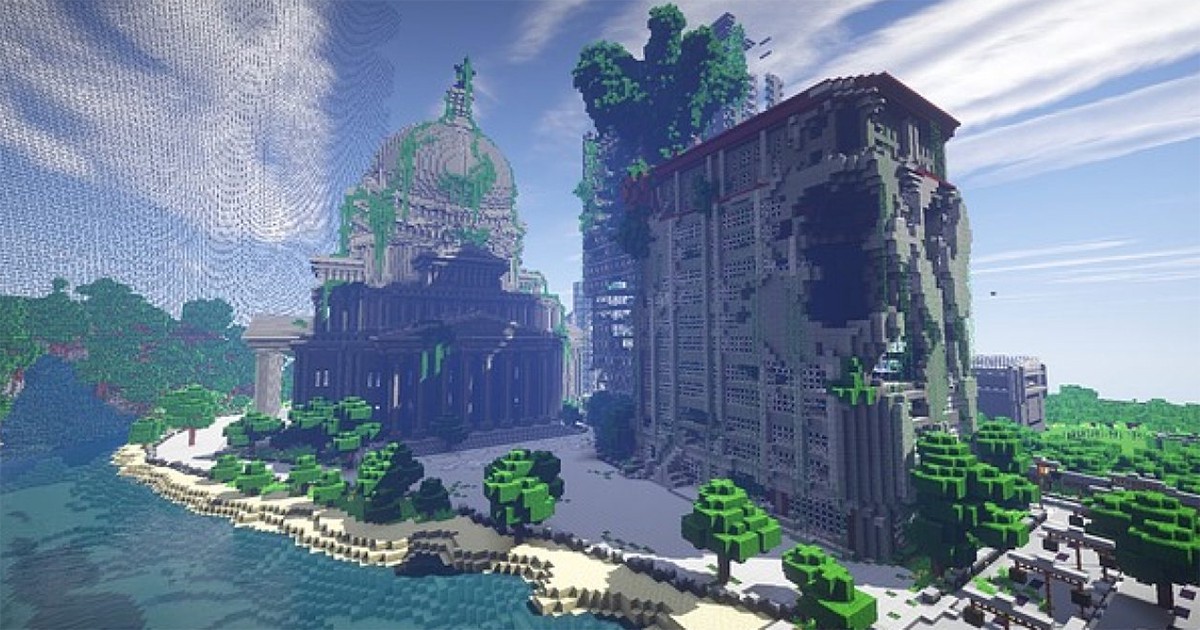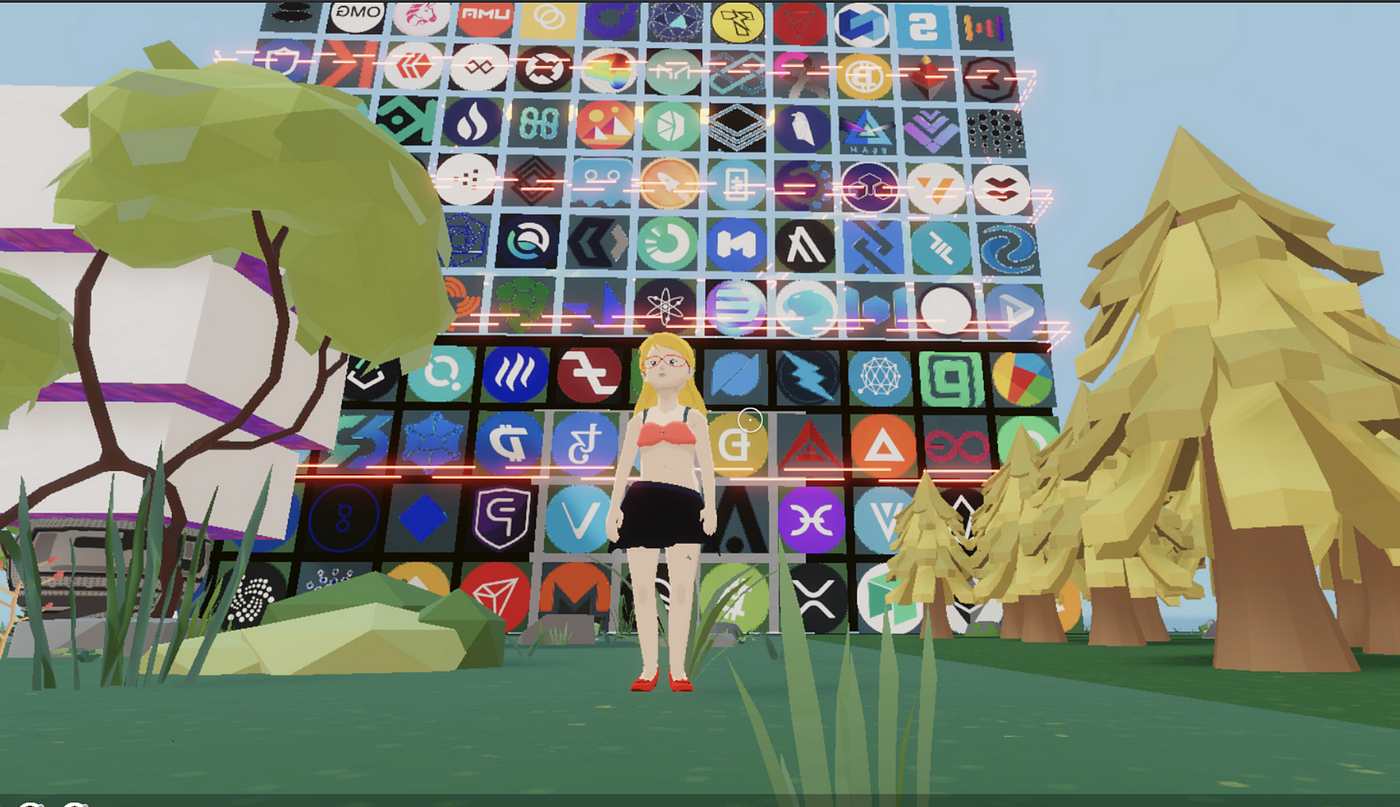This is part I in the series on the tech world’s latest obsession — the Metaverse.
Part II focuses on a framework and building blocks of the Metaverse, to think of it as a stack.
The Metaverse: Framework, Building Blocks and Market Map
This is part II in the series on the tech world’s latest obsession — the Metaverse.
The big ideas in tech always start off as seeming jargon. Making sense of the jargon to uncover the idea first entails the creation of one’s own personal translation manual. And you go about build it “nonce by nonce” till the abstraction finally lifts.
For business and industry to get to the potential that new technology presents, the translation chasm is real. However, some terms do stick, and become universally entrenched in common lexicon. As much as maybe food, air and water — Internet, anyone?
Last week has been a whirlwind of new jargon. The Metaverse moved from early adopter lexicon stage to the more widespread “That is Meta” reference — Nearly every discussion, from my Influence professor talking of social structures to the team I played brunch trivia with today has weaved it into conversation. This has of course been sparked by Mark Zuckerberg’s repeated declarations that building a virtual world is his company’s next big ambition, and then of course, the rebranding itself last week of Facebook to Meta.
So, what is the Metaverse in its current form, what could it become, and where could it lead us.
Life eventually mimics Science Fiction
The concept of the Metaverse was coined by sci-fi author Neal Stephenson in 1992, and technologists have been writing about it on and off ever since.
The term refers to a convergence of physical, augmented, and virtual reality in a shared online space — much like, a game?

Metaverse: The New Reality
The full vision for the Metaverse is hard to define, and seemingly fantastical. However, in the recent past, the pieces have started to feel very real.
Facebook has been investing in the idea for a while now through several inorganic and organic projects — Oculus VR, Horizon virtual meeting space, AR glasses, and many others. However, it is not the only major company to declare its ambition to build the Metaverse. Epic Games — maker of the blockbuster games Fortnite and Unreal Engine has been at it. The tens of billions pouring into cloud gaming investments have had the underlying rationale of an online — offline virtual future.
In the last year and a half, COVID-19 forced us all onto Zoom and remote work. Roblox, the gaming company had a mega IPO. In its S-1 filing, CEO David Baszucki described its offerings as “shared online experiences where people can interact in 3D simulated virtual environments, sometimes referred to as a Metaverse”.
As computing power, networking bandwidth and human interfacing technologies improve, Metaverses will become more and more pervasive.
What is the Metaverse?
The Metaverse can be best understood as the next generation of the internet: it will build upon and iteratively transform it. In the evolution of our use of the internet, we’ve been through two big phases:
Phase 1: The fixed-line internet of the 1990s and early 2000s inspiring us to purchase PCs, but offered staccato access to the internet from fixed points
Phase 2: The mobile internet led most humans globally to purchase their own personal computer and internet service, which meant almost everyone had continuous access to both compute and connectivity
Metaverse can be understood as the third phase — It transforms “access” to the internet to being “within” the internet. A “digital” reality of the physical world that would place everyone inside a “virtual” or “3D” version of the internet on a nearly unending basis — i.e., with our identity, history, communications, and payments, among other things.
Put simply, it would enable connected immersive experiences based around activities — some of which we’re already experiencing the beginnings of: Work (Collaborate, learn, train); Social networks (Community life, social interactions, creative expression); Gaming (Immersive experiential gaming)


Some will include activities we find hard to imagine right now as immersive experiences such as E-commerce (The Metaverse may lead to a new way we define omni-channel commerce), cultural experiences (for eg. virtually visiting an art museum), virtual cities, or purchasing a piece of digital land.

Metaverse: Digital Land
Overall, the Metaverse will significantly broaden the number of virtual experiences used in everyday life (i.e.beyond video games) and in turn, expand the number of people who participate in them.
Trends shaping the Metaverse
Exponential shifts that are already underway on a global scale will shape the future of the Metaverse. This will be an iterative process, and it’s hard to pin down what the Metaverse will actually come to look like.
Technologically driven transformation is an organic and unpredictable process, and in this case rests on several underlying trends which are each going through their own development curves. I have listed here the five biggest drivers in my opinion driving the future of the Metaverse.
The “Real”ization of the Virtual: We are increasingly supplementing, and increasingly replacing physical world objects and experiences with virtual ones. Trust continues to increase in the virtual realm — with social networks, crypto assets, NFTs and virtual items, smart contracts and live online experiences. COVID-19 has accelerated this with a global conversion of the office physical space to an online realm of work. All of the experiences and activities coming online will increase the scalability of the Metaverse and the industries that support it.
Rise of VR and AR: At its core, this will drive the immersive element of the Metaverse, with the integration of human sensory and motor systems with computers. Existing examples draw upon gaming input/output devices, wearables and VR headsets. In the future, we might even have functional smart contact lenses. Future innovations in light field technology could result in truly holographic experiences. As a result, the Metaverse will be everywhere around us.
Blockchain adoption: Blockchain — a distributed ledger technology — allows for decentralized authority (i.e., you don’t need to trust any one authority; the trust is in the blockchain itself), a record of history, and when decentralized, allows for permissionless participation. Per Reed’s Law, this leads to network effects. The more nodes that can participate in the network, the higher the value of the network, and as groups can form around certain activities (games, financial legos, etc.), the value of the network is increased further. Essentially, more individuals, more applications and more components to assemble from equals more smart contracts, and more decentralized applications.
The emergence of blockchain computing may replace some aspects of cloud computing; and the rise of NFTs will become the basis of virtual goods in an emerging generation of games, and other Metaverse experiences.

Low code platforms: The Metaverse will increasingly be built by a wider population of creators and supported by a deeper catalog of plug-in applications and logic. Low-code and no-code application platforms provide higher-level abstractions (such as scaffolding and drag-and-drop tooling) to replace the hand-coding of processes, logic and applications. The result will be a massive reduction in the quantity of work required to create applications, democratizing this process, but also adding to the power of the network for the Metaverse.
Internet of Everything: This goes to reality simulation within machines to create worlds of virtual machines, objects, environments and people. Data feeds will include geospatial data and traffic data; digital twins of physical objects instrumented to report all of their properties, and real-time data about people and processes. These innovations will enable a Metaverse that can layer over and predict the real-world.
All of this will of course be on the back of accelerating distribution networks, and accompanying network effects along with machine intelligence (deep learning, ML and AI) as an underlying layer that powers everything from microchips to gesture recognition to advanced AI based preferences and recommendations.
Although the technologies are converging to create the Metaverse, it has only just begun to emerge. But the prospects of what’s to come are well worth the wait.
原文链接:Metaverse: What is it, and what can it be | by Swati Bhatia | Level Up Coding (gitconnected.com)

